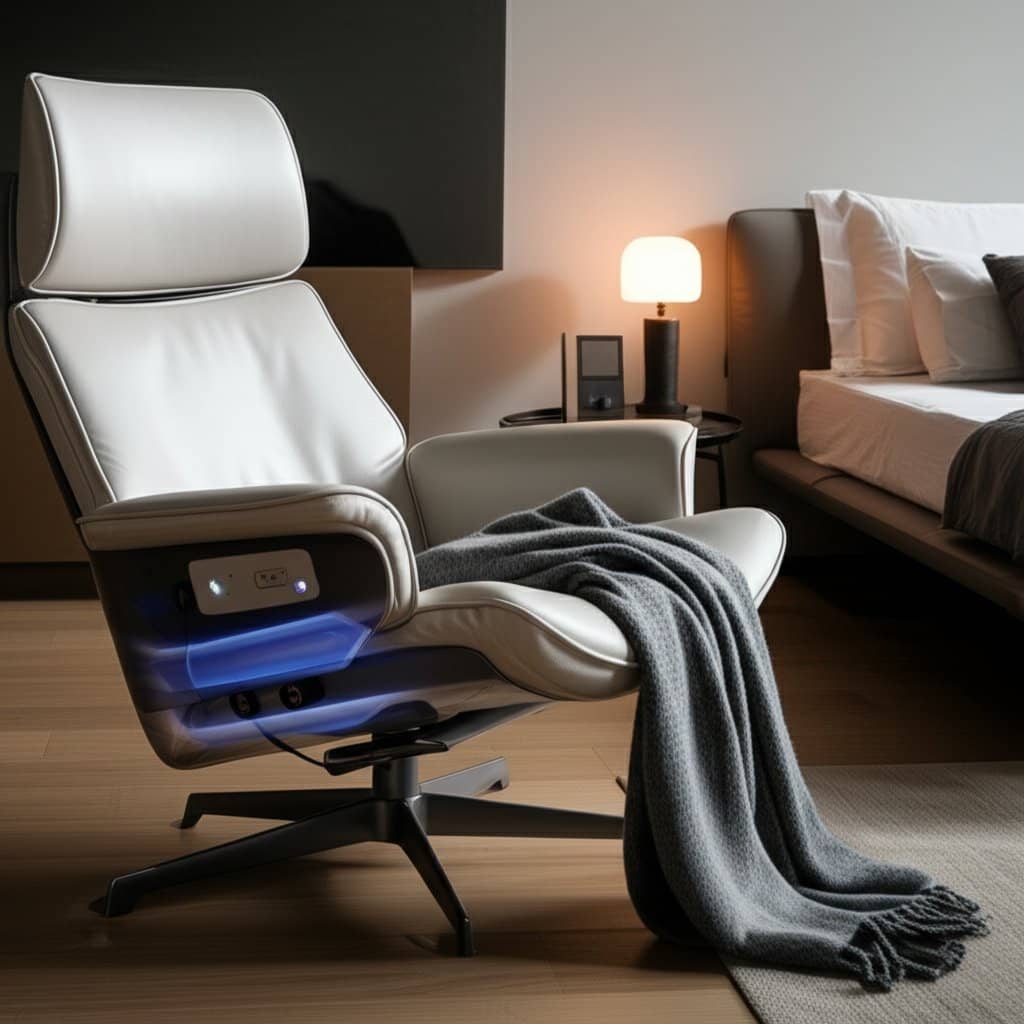Unlock Perfect Room Temperatures with Zoned Heating
You step from a sunlit living room into a drafty hallway and notice the stark difference in warmth. Many homeowners experience similar inconsistencies, where one area feels overly warm while another remains uncomfortably cool. Traditional systems treat the entire home as one space, leading to inefficiency and discomfort. Zoned heating addresses these issues by allowing precise control over individual areas.
Understanding Uneven Temperatures
Standard heating systems rely on a single thermostat to manage the whole house. This approach overlooks variations caused by insulation quality, window sizes, and occupancy patterns. For instance, south-facing rooms absorb more sunlight and heat up faster, while north-facing spaces stay cooler. Without targeted adjustments, energy use increases as the system overworks to satisfy distant zones.
Advantages of Zoned Heating Systems
Zoned heating segments the home into separate areas, each equipped with its own thermostat. This setup enables you to set a comfortable 72 degrees Fahrenheit in frequently used rooms while keeping unused spaces at 65 degrees. Homeowners gain tailored environments that align with daily routines, such as warming the kitchen during meals or cooling the bedroom for rest. The system promotes efficiency by directing resources where they matter most.
Mechanics of Zoned Heating
Zoned systems operate through dampers in ductwork or independent units that modulate airflow and temperature. Thermostats in each zone send signals to the central unit or local components, opening or closing pathways as needed. For example, if the living room calls for heat, warm air flows there without affecting closed-off bedrooms. This targeted delivery maintains even conditions throughout the day and night.
Notable Benefits for Homeowners
-
Uniform Comfort Levels
Every room maintains its ideal temperature, eliminating the need to adjust layers of clothing indoors. -
Reduced Energy Consumption
Heating only occupied spaces lowers overall usage, potentially cutting bills by 20 to 30 percent depending on home size and habits. -
Prolonged Equipment Durability
Less frequent cycling of the furnace or air conditioner reduces wear, extending the system's lifespan by several years. -
Adaptable Living Spaces
Adjust settings for specific activities, like a warmer office during work hours or a cooler gym area for exercise.
Zoning Solutions Tailored to Home Types
Homes vary in layout and existing infrastructure, so zoning options adapt accordingly.
-
Ducted Zoning Systems: Suitable for houses with central air handlers. Install motorized dampers in supply ducts to direct airflow precisely, often requiring minimal disruption to current setups.
-
Ductless Mini-Split Units: Perfect for homes without ducts or for targeting specific rooms. Each indoor unit operates independently, connected to an outdoor compressor, and provides both heating and cooling.
-
Smart Thermostat Enhancements: Integrate with existing systems via Wi-Fi-enabled devices. These allow remote adjustments through mobile apps, scheduling, and automation based on occupancy sensors.
Essential Factors for Installation Planning
Implementing zoned heating demands thoughtful preparation to maximize returns.
-
Cost Estimates
Simple two-zone modifications to ducted systems typically range from $2,000 to $5,000. Multi-zone setups with smart features may cost $8,000 to $15,000 or more, influenced by home square footage and unit complexity. Ductless options start at $3,000 per zone, scaling with additional units. -
Installation Duration
Basic duct zoning often completes in two to four days. Full ductless installations, including wiring and mounting, might extend to one week, particularly if structural changes are involved. -
Regulatory and Safety Aspects
Obtain necessary permits to comply with local HVAC codes. Engage certified technicians to handle refrigerant lines, electrical work, and system balancing, preventing issues like uneven pressure or inefficiency. -
Regional Climate Influences
In cold winters, zoning optimizes fuel use during peak demand periods. Milder areas benefit from enhanced control without major overhauls, focusing on seasonal versatility.
Selecting the Right Professionals
While basic thermostat swaps seem simple, full zoning involves complex diagnostics and custom engineering. Professionals assess duct integrity, calculate load requirements, and ensure seamless integration. Consult licensed HVAC experts familiar with your area's standards to avoid costly errors and secure warranties.
Achieving Balanced Home Comfort
Picture a home where temperatures harmonize with your schedule, from morning coffee in a toasty kitchen to evening relaxation in a serene living area. Zoned heating delivers this precision, fostering energy efficiency and daily satisfaction. Take the first step by evaluating your current setup and exploring compatible options to create a more responsive living environment.



